MRT Week (November 5-11)
by Raiili Pellizzari
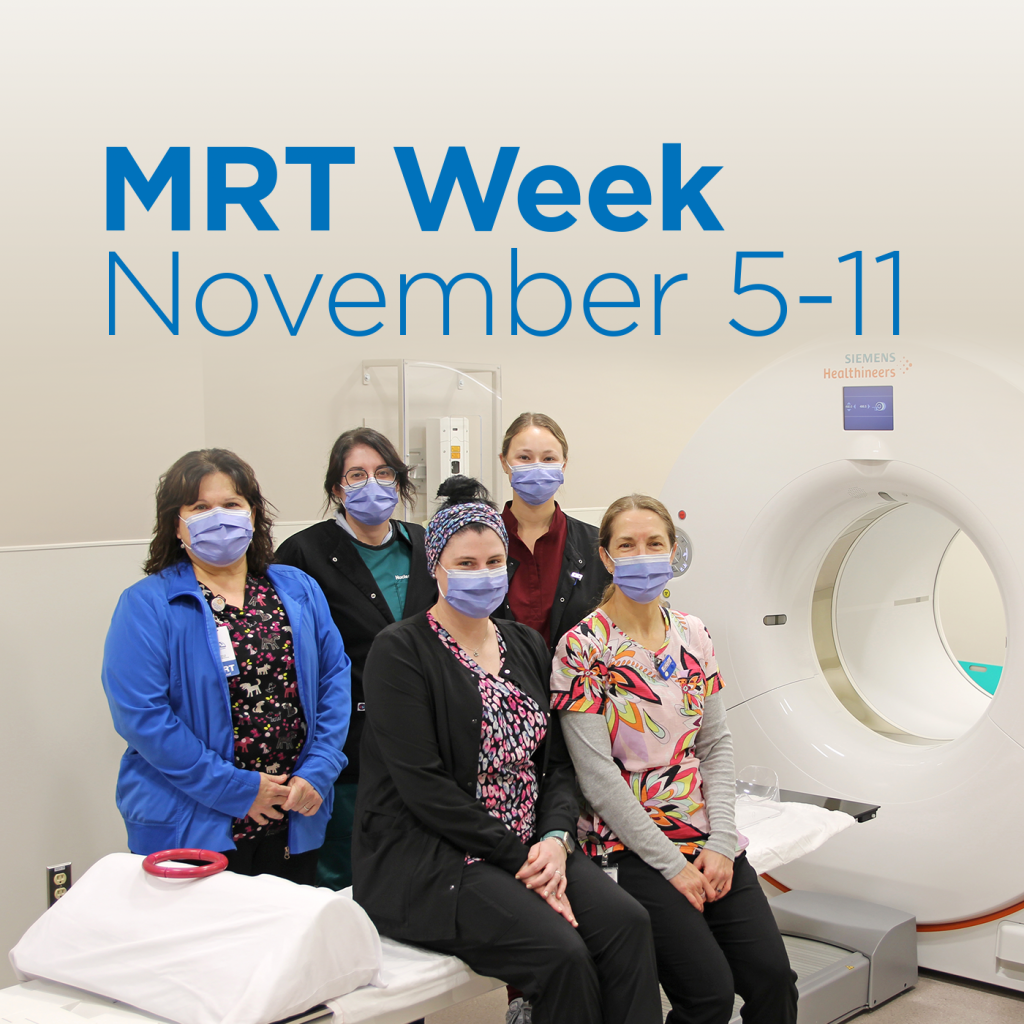
This week, we’re celebrating Medical Radiation Technologists (MRT) and Diagnostic Medical Sonographers (DMS) who play an integral role in patient care.
Medical radiation technologists (MRT) and diagnostic medical sonographers (DMS) perform diagnostic imaging examinations and administer radiation therapy treatments. So, if you have ever had an x-ray, CT scan, MRI, nuclear medicine procedure, ultrasound or radiation therapy, you have been in contact with an MRT or DMS. They can be found in emergency departments, operating rooms, mobile breast screening vans as well as diagnostic imaging departments and clinics.
MRTs and DMSs provide service to both the public and private sectors within the Canadian health care system. Their key role is in diagnosis and treatment, and they serve as advisors to radiologists, radiation oncologists and other healthcare providers. Because they deal with patients on the front lines, they also serve as patient advocates and educators. Some of them are also health care researchers, technical and therapy specialists, and interdisciplinary consultants. MRTs and DMSs play as part of the healthcare team − an essential link delivering care through technology.

In hospitals and cancer clinics, radiation therapists are key members of the cancer treatment team. More than half of all cancer patients receive radiation treatments, which may be given in conjunction with other forms of treatment.
Radiation therapists use focused beams of radiation to destroy tumours, while minimizing harm to healthy tissues. Alternatively, treatment may involve placing radioactive sources directly into the patient’s body.
To destroy cancerous tissue, radiation therapy involves exposure to higher doses of radiation than are required for diagnostic imaging. It is therefore vital that the radiation be precisely targeted and the dose to the patient be carefully monitored.
The radiation therapist plays another important role: counselling patients on possible side effects from treatment and providing advice on how to minimize them.
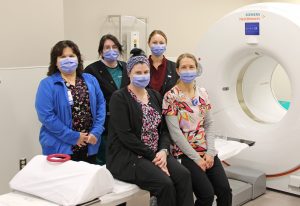
Nuclear medicine technologists carry out diagnostic imaging and treatment procedures. They obtain the images that help pinpoint the nature of a disease and how it is affecting the body. Their work also enables doctors to monitor a patient’s response to treatment.
Nuclear medicine involves the use of radiopharmaceuticals to evaluate the function of specific organs in the treatment and management of disease.
Some of the main uses of nuclear medicine are to:
- Evaluate coronary disease
- Study how the brain, heart, lungs, kidneys and other organs are functioning
- Determine the location of tumours
- Monitor the progression of cancer and the results of cancer treatments
- Diagnose hormonal disorders
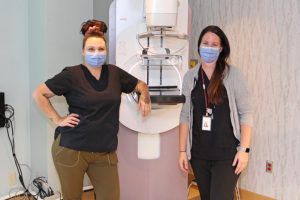
Mammography to detect breast cancer in its earliest stages.
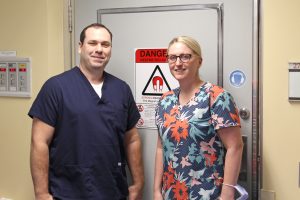
A magnetic resonance technologist produces diagnostic images using equipment that generates radio waves and a strong magnetic field. Extensive knowledge of physics, anatomy, pathology and physiology allows MRI technologists to obtain images, monitor and care for patients during scans that:
- Detect subtle abnormalities within the brain and spinal column.
- Examine tissue of the joints muscles, ligaments and tendons.
- Provide detailed studies of major organs including the breasts, liver, spleen, kidneys, the urinary system and the male and female sexual organs.
- View the workings of the heart and vascular system.
- Study body chemistry and functions.
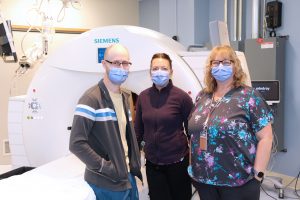
Technologists work in computerized tomography (CT scans), producing detailed cross-sectional images of the body.
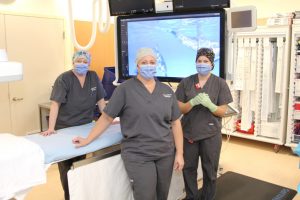
Technologists also work in interventional radiology, assisting with procedures that use imaging to guide catheters, balloons, stents and other tools through the body to diagnose and treat disease without open surgery.
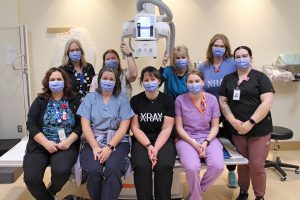
At a physician’s request, the radiological technologist produces images of a body part or system using equipment that emits x-rays. The radiologist — a doctor who specializes in interpreting x-rays — studies the images and dispenses advice that helps the treating physician make a diagnosis and prescribe an appropriate course of treatment for the patient.
Technologists are responsible for the quality of the x-ray images and for providing the correct view of specific body structures or systems, whether on film, a computer monitor, or a television screen.
Some procedures require that barium and/or a dye called contrast medium be given to patients to highlight organs and structures that would not otherwise be seen.
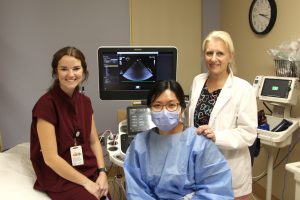
Diagnostic medical ultrasounds are ordered by doctors, performed by sonographers and interpreted and reported by a radiologist or other medical specialist with expertise in the field of ultrasound. Sonographers are medical professionals, specially trained to perform these tests. Hospitals employ all categories of sonographer; Generalist Sonographers often work in general diagnostic imaging departments; Cardiac and Vascular Sonographers may work in the cardiology or vascular units of tertiary care facilities.
As an MRT in the cardiac catheterization lab you are primarily responsible for the safe operation of fluoroscopy, fostering ALARA (as low as reasonably achievable- in regards to radiation exposure) practices during procedures, assisting procedures in a sterile environment, and monitoring of patient hemodynamics during procedures. MRTs support coronary intervention by operating ancillary equipment for intravascular imaging, and coronary physiological testing. MRTs may also support research projects and participate in continuous quality improvement initiatives to enhance clinical care and operations.
For more information on these professions, you can visit the following websites: